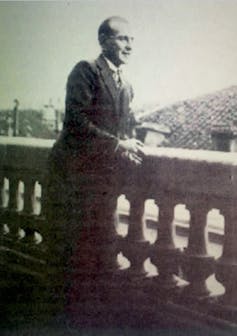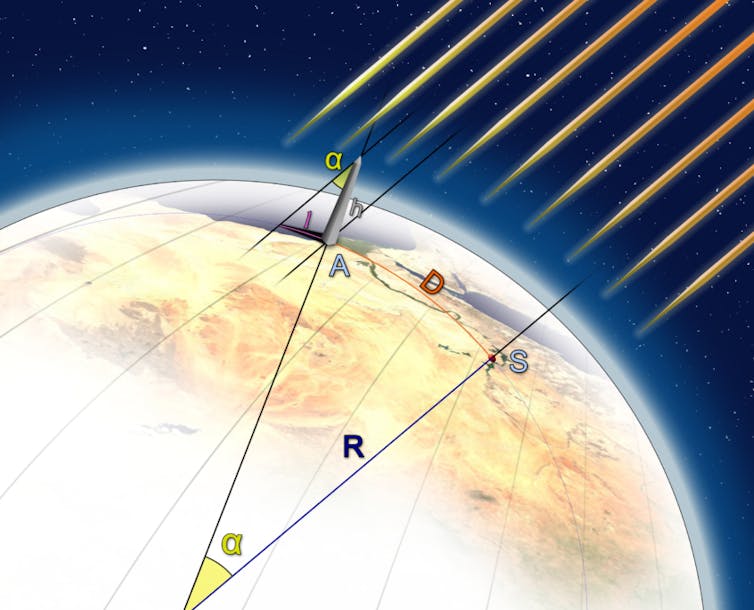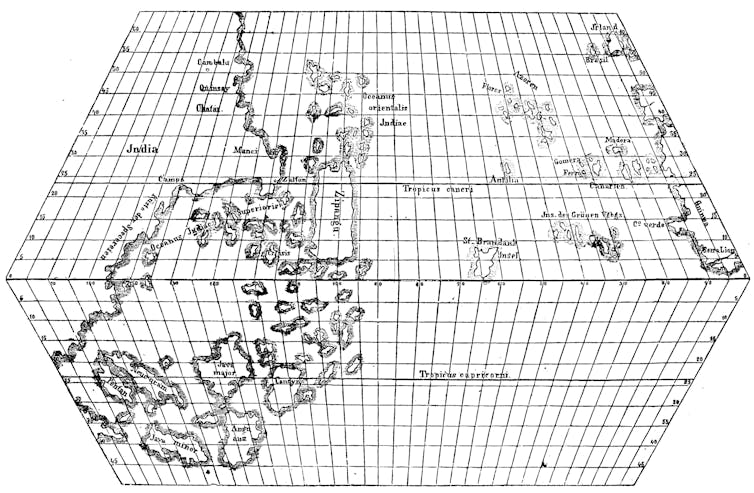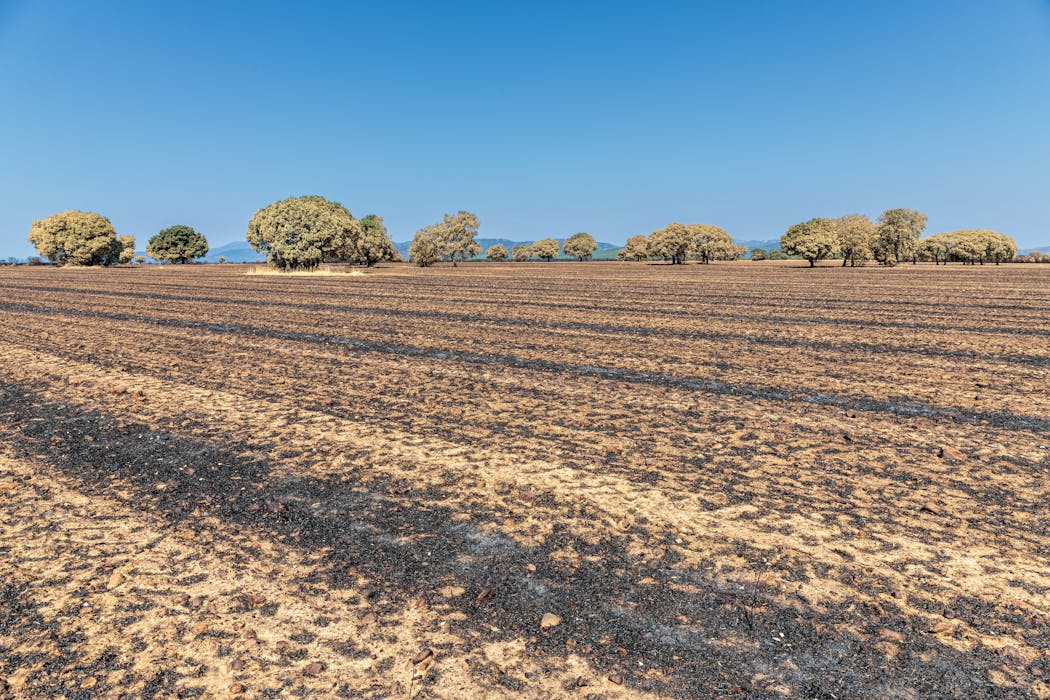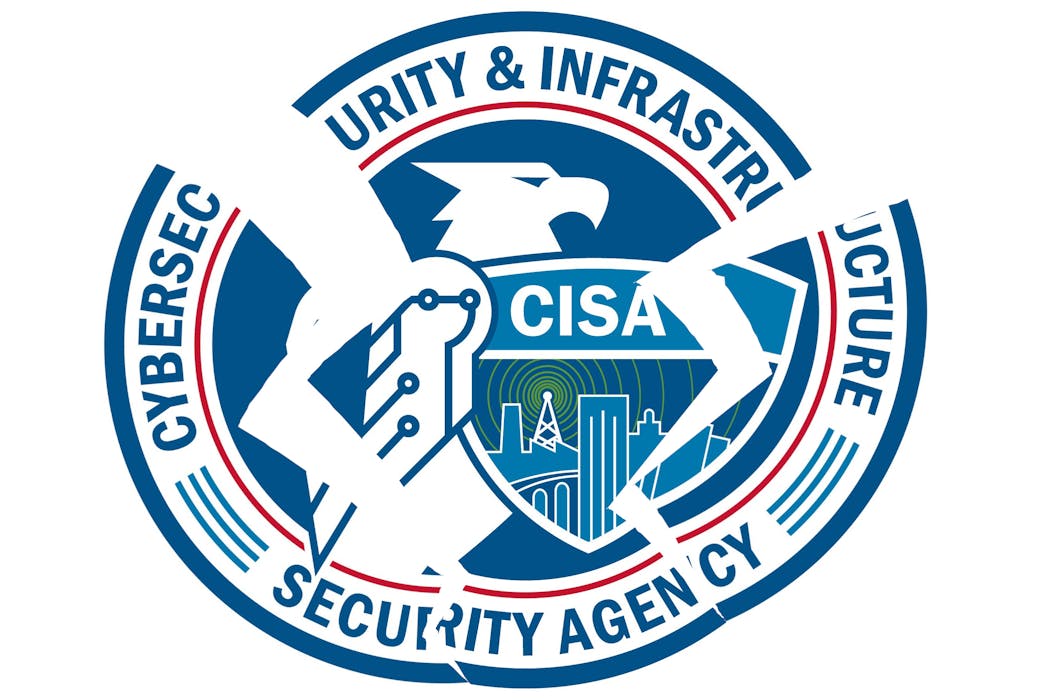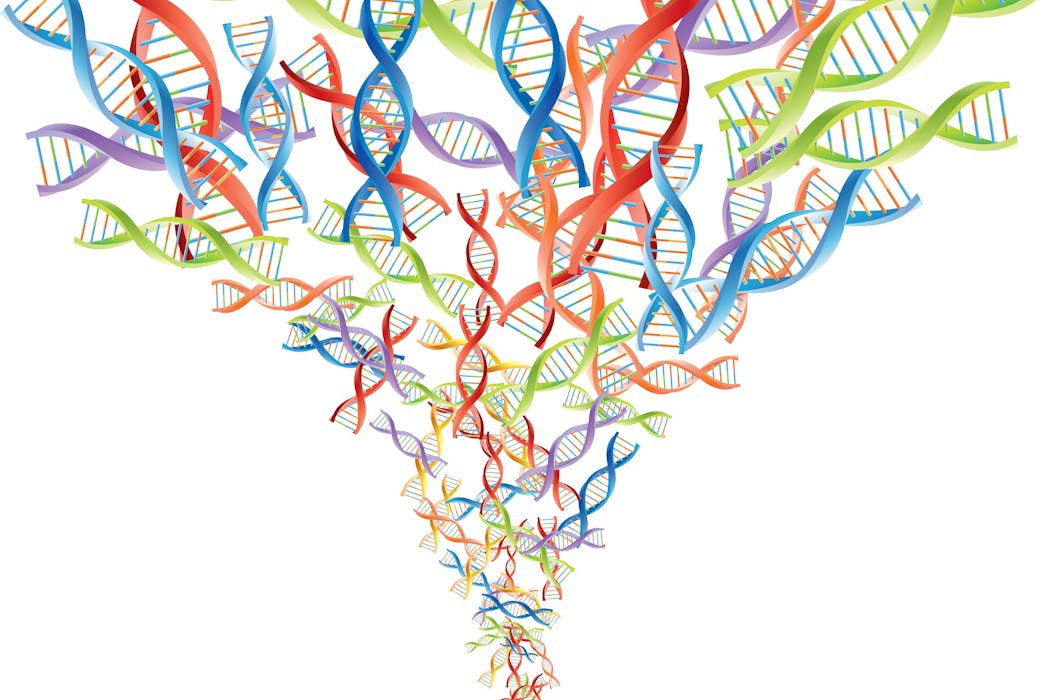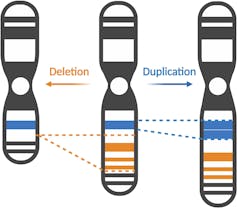Source: The Conversation – (in Spanish) – By Enrique Balmaseda Maestu, Profesor Titular de Lengua Española en la Universidad de La Rioja, Universidad de La Rioja
Cuando hablamos cualquier idioma, pronunciamos con mayor intensidad determinadas sílabas de la cadena de palabras. A dicha intensidad se la llama acento prosódico y a las palabras que lo contienen, tónicas. En español, lengua de acento libre, las palabras tónicas pueden portar su acento en diversas posiciones silábicas (NÚmero / nuMEro / numeRÓ). Por el contrario, el francés, de acento fijo, siempre lo lleva en su última sílaba (comMENT, exacteMENT).
Ahora bien, solo en algunas lenguas se marca la vocal tónica con una tilde o acento gráfico (´) para destacarla visualmente de las otras. Y dentro de estas, el español se rige por una serie de reglas que limita el uso de dichas marcas. No escribimos “dáme ún póco de léche”, sino “dame un poco de leche”. Las normas ortográficas para el uso de tildes tienen en cuenta que la mayoría de las palabras del español son llanas (es decir, su sílaba tónica es la penúltima) y terminan en “n”, “s” o vocal, por lo que ninguna de las palabras que tienen estas características necesitan tilde.
Si este “manual de instrucciones” para usar la tilde correctamente es relativamente sencillo, ¿por qué cometen tantos errores los estudiantes? En las últimas oposiciones de Enseñanza Secundaria en España, realizadas en julio de 2025, las faltas de ortografía han sido uno de los factores más polémicos del alto porcentaje de suspensos. Solo en Andalucía se han invalidado por su causa 4000 exámenes, incluida la ausencia o descolocación del acento gráfico.
¿Cómo de importantes son las tildes?
En una comunicación básica, quizá no pasa nada especialmente grave si, por desconocimiento o descuido, se omite la tilde o se coloca incorrectamente, porque nuestra gramática interna o mental nos permite interpretar correctamente enunciados de escritura incorrecta como Papa la tomo de la mano.
A eso parecía referirse García Márquez en su famoso discurso del Congreso de Zacatecas (1997): “Nadie ha de leer lagrima donde diga lágrima ni confundirá revólver con revolver”. Ciertos estudios lo corroboran al constatar que el tiempo de fijación de la mirada en palabras aisladas es igual tanto si llevan tilde como si no la llevan.
Eficacia comunicativa
¿Por qué entonces conviene usar las tildes adecuadamente? Por varias razones: unas, digamos, por autoimagen y prestigio cultural; otras, por competencia y eficacia comunicativa. Frente a la provocación de García Márquez, lo cierto es que un texto bien redactado y sin errores ortográficos denota rigor mental, disciplina intelectual, elegancia… La precisión acentual también es indicio del gusto por el detalle y el buen hacer.
Por otra parte, la acentuación correcta, cuando se trata de enunciados y no de palabras aisladas, nos ayuda a comprender lo leído más deprisa y a deshacer posibles ambigüedades. Y también a pronunciar bien otras voces poco conocidas (buerdégano, barbián, bahorrina…) o variantes lingüísticas del español (tú cantas / vos cantás, cóctel / coctel, vídeo / video, etc.).
Además, la funcionalidad y economía de las reglas de acentuación en nuestra lengua contribuyen a la unidad lingüística en el registro formal de todo el ámbito hispanohablante. En definitiva, tildar correctamente nos permite distinguir las palabras y entender e interpretar la escritura adecuadamente, con precisión y con mínimo esfuerzo mental.
El origen de las reglas actuales
La primera Ortografía académica (1741) fijó unas normas de acentuación gráfica donde ya prevalecía el principio de economía basado en las características acentuales del español: es decir, las normas se diseñaron para que las palabras con tilde fueran las menos posibles.
Como la mayor parte de sus palabras son llanas (62 %) y agudas (29 %), al tiempo que las sílabas suelen terminar en vocal (69 %) y en –n o –s, la RAE estableció unas reglas básicas para escribir sin tilde casi todas las palabras: las monosílabas, las llanas terminadas en vocal, –n y –s, y las agudas que acaben en consonantes que no sean las anteriores (Los peces nadan con calma en el mar azul). El resto debían ser tildadas (El biólogo encontró un fósil junto a un camarón en el océano).
Leer más:
¿Guapa? ¡Guapa! o ¡¡¡Guapa!!! La importancia de la puntuación en la expresión escrita
¿Todas las lenguas usan tildes?
Podría haber sido de otra manera. No hay más que echar un vistazo a la escritura de otras lenguas: en inglés no se marca ninguna tilde, salvo en unos pocos extranjerismos, por lo que es preciso saber previamente la pronunciación de las voces (por ejemplo, animal o acupuncture, donde el acento recae sobre la primera a).
El italiano, aún más parco en tildes que el español, solo marca las palabras agudas, distinguiendo el grado de abertura vocálica (caffè / perché) y unas pocas monosílabas (dà ‘da’ / da ‘de’), mientras que no aparece en las esdrújulas (fabbrica) ni en las sobreesdrújulas (lasciatemelo).
Por el contrario, el griego moderno marca con tilde todos los acentos prosódicos (παιδί ‘niño’, βιβλιοθήκη ‘biblioteca’), salvo las palabras monosílabas, aunque también en estas se usa tilde diacrítica para distinguir las tónicas de las átonas.
¿Por qué se cometen errores?
Entre docentes existe la idea generalizada de que muchos estudiantes preuniversitarios, e incluso universitarios, muestran una ortografía mala o mejorable, en particular, respecto a las tildes, algo corroborado por algunos estudios.
Las causas apuntadas son varias: desconocimiento de las reglas, desdén hacia la escritura correcta por prejuicios diversos, falta de lecturas valiosas y de atención al escribir, pérdida de prestigio de las normas académicas, influencia de ciertas convenciones asociadas a la tecnología, tipo de relación con los destinatarios de los escritos, etc.
Pero también influye la ineficacia de los métodos de enseñanza, excesivamente memorísticos, que ponen el foco en el error y generan dudas ante los huecos en blanco.
Leer más:
¿Por qué los dictados tradicionales no enseñan ortografía?
Competencias necesarias para usar bien las tildes
Las reglas generales de acentuación, aparentemente sencillas, requieren automatizar competencias complejas: discriminar las palabras tónicas de las átonas, separarlas en sílabas, apreciar el acento de intensidad, determinar el tipo de palabra según la sílaba en que recaiga… Y, teniendo en cuenta su terminación, aplicar dichas reglas para poner o no las tildes.
A todo ello se añaden particularidades como la acentuación de hiatos, diptongos y triptongos, la de los adverbios en -mente, la variedad de porqués o la mencionada tilde diacrítica.
Y qué decir de la confusión y reticencia de muchos hispanohablantes cuando la norma ortográfica contradice nuestra intuición (como, por ejemplo, cuando se nos dice que palabras como guion o truhan no deben llevar tilde por ser monosílabas, a efectos ortográficos); cuando establece distinciones sutiles (la opción de tildar o no ciertos pronombres según su función sintáctica: qué/que, quién/quien, dónde/donde…); o, frente a una costumbre muy arraigada, indica que no debemos tildar el adverbio solo y los demostrativos este, ese o aquel (y sus flexiones).
Acentuar gráficamente las palabras implica articular un conjunto de competencias que van más allá de la simple memorización: adquirir saberes y técnicas para ejercitarlos de manera automática. Pero, como en toda disciplina intelectual, se pueden alcanzar aunando voluntad, reflexión, práctica y métodos didácticos adecuados.
![]()
Las personas firmantes no son asalariadas, ni consultoras, ni poseen acciones, ni reciben financiación de ninguna compañía u organización que pueda obtener beneficio de este artículo, y han declarado carecer de vínculos relevantes más allá del cargo académico citado anteriormente.
– ref. ¿Por qué tiene tildes el español y por qué nos cuesta tanto usarlas bien? – https://theconversation.com/por-que-tiene-tildes-el-espanol-y-por-que-nos-cuesta-tanto-usarlas-bien-260455


